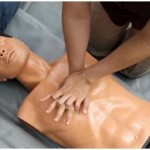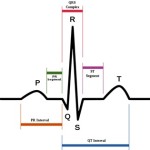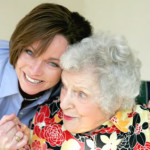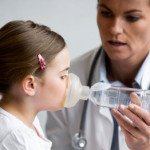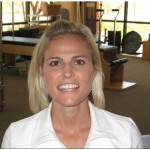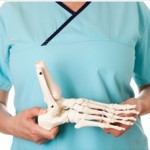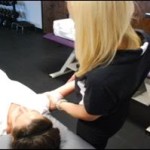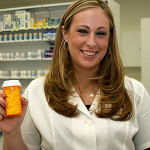An irregular heart rhythm or arrhythmia is not the same as an irregular heart rate. These two conditions do not necessarily occur together. The normal heart rate is 50 to 100 beats per minute. Arrhythmias can occur with a normal heart rate, or with heart rates that are slow or rapid.
What can cause an arrhythmia?
Arrhythmias can be caused by many factors such as:
- Coronary artery disease- happens when the arteries that supply blood to heart muscle become hardened and narrowed.
- Electrolyte imbalances in your blood- electrolytes play a vital role in maintaining homeostasis within the body. They help to regulate the myocardial and neurological function, fluid balance, oxygen delivery, acid-base balance and much more.
- Changes in your heart muscle- some changes in the heart and blood vessels normally occur with age, but many other changes that are common with aging are due to modifiable factors.
- Injury from a heart attack- heart muscle injury occurs when the heart is deprived of oxygen. The human heart is quite complex and functions as pump. It derives blood from small blood vessels known as coronary arteries.
- Healing process after heart surgery- the first phase of heart surgery recovery can last from six to eight weeks. In this period of time an irregular heart rhythm can be expected as a part of the healing process.
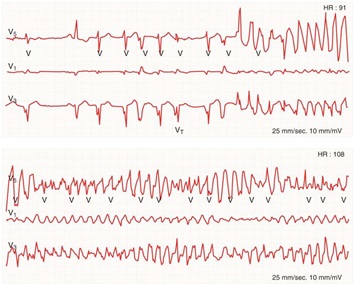 Types of arrhythmias:
Types of arrhythmias:
Premature atrial contractions: premature atrial contractions are early extra beats that originate in the upper chambers of the heart- the atria. The extra beats are not harmless and do not require any treatment.
Premature ventricular contractions (PVCs): the premature ventricular contractions are the most common arrhythmias that can occur in people that are with or without heart disease. The premature ventricular contractions are the skipped heartbeat that we all occasionally experience. The reason that these contractions can appear is stress, too much caffeine or nicotine, or even too much exercise. In some cases, PVCs can be caused by heart disease or electrolyte imbalance. Because of the electrolyte imbalance, people who have a lot of PVCs, or symptoms that are associated with them, should be evaluated by a heart doctor. In most people, PVCs are usually harmless and rarely need treatment.
Atrial fibrillation: it is very common irregular heart rhythm that causes the upper chambers of the heart to contract.
Atrial flutter: The atrial flutter is an arrhythmia caused by one or more rapid circuits in the atrium. The atrial flutter is more regular than the atrial fibrillation and most often occurs in people heart disease and in the first week after surgery.
Paroxysmal supraventricular tachycardia (PSVT): it is a rapid heart rate with a regular rhythm, originating from above the ventricles. The PSVT usually begins and ends suddenly. PSVT has two main types of tachycardia: accessory path tachycardias and AV nodal reentrant tachycardias.
AV nodal reentrant tachycardia: in case of rapid heart rate, it has to go more than one pathway through the AV node. This can cause heart palpitations, fainting or heart failure. There are some cases, it can be terminated using simple maneuvers, such as breathing in and bearing down. In order to stop this heart rhythm there are dome drugs that can help.
Ventricular tachycardia (V-tach): there is a rapid heart rhythm originating from the lower chambers (or ventricles). The rapid rate prevents the heart from filing adequately with blood. This can cause serious arrhythmia, especially in people with heart disease, and it may associate with more symptoms.
Ventricular fibrillation: disorganized, erratic and more than you can imagine impulses firing from the ventricles. The quivering of the ventricles makes them unable to contract and pump blood to the body. It is a medical emergency that must be treated with cardiopulmonary resuscitation (CPR) and defibrillation as soon as possible.
Long QT syndrome: the QT interval is the area on the electrocardiogram that represents the time it takes for the heart muscle to contract and then recover, or for the electrical impulse to fire impulses and then recharge.
Bradyarhythmia: slow hearth rhythms which may arise from disease in the heart’s electrical conduction system. Sinus node dysfunction and heart block are examples of bradyarhythmia.
Sinus node dysfunction: Slow heart rhythm due to an abnormal sinus node. Sinus node dysfunction is treated with a pacemaker.
Heart block: Complete block of the electrical impulse as it travels from the sinus to the ventricles. Sometimes the heart can beat irregularly or slowly, if it is a serious heart block, it can be treated with a pacemaker.


